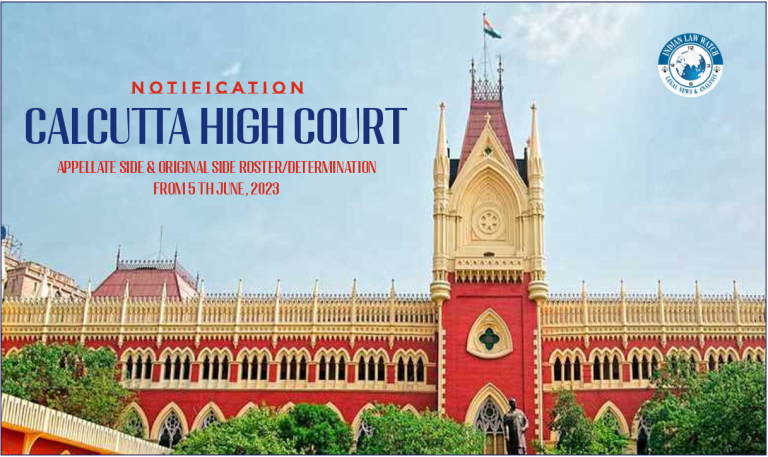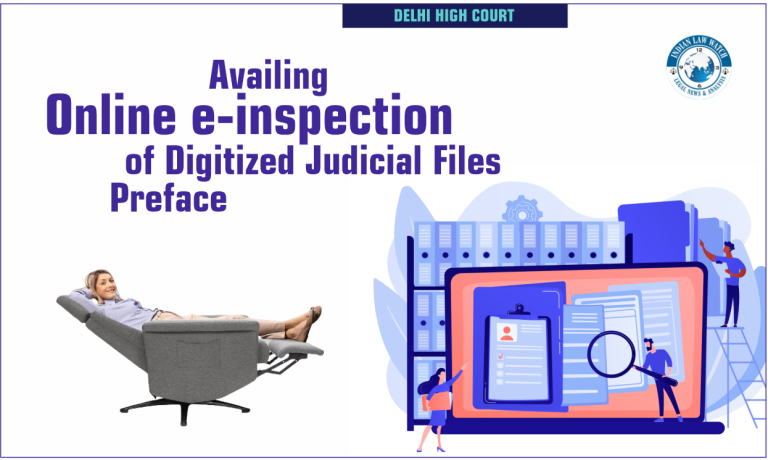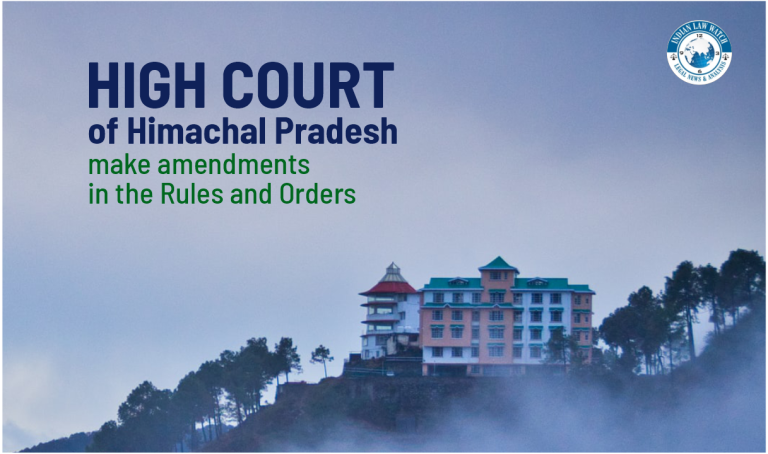SEBI Tightens Rules Governing Utilization of IPO Proceeds; Offer-For-Sale Norms-inviting more investors confidence

 Companies, especially new-age ones, raise funds from the public for various objectives, among them being acquisition of other companies for future inorganic growth and general corporate purpose (GCP).
Companies, especially new-age ones, raise funds from the public for various objectives, among them being acquisition of other companies for future inorganic growth and general corporate purpose (GCP).
In the backdrop of 63 companies raising a record amount of Rs 1.2 lakh crore through initial share-sales in 2021 (significantly higher than Rs 26,611 crore by 15 companies in 2020 and nearly double the previous best of Rs 68,827 crore by 36 companies in 2017), Primary Market Advisory Committee (PMAC) deliberated the current regulatory framework for IPOs and made recommendations on certain measures.
SEBI gave effect to these recommendations by notifying the Securities and Exchange Board of India (Issue of Capital and Disclosure Requirements) (Amendment) Regulations, 2022 (“ICDR 2022”) on January 14.
With stringent rules for initial public offering (IPO), SEBI has put a cap on the use of issue proceeds for undisclosed future acquisitions and restricted the number of shares that can be offered by significant shareholders.
Further, the regulator has extended the lock-in period of anchor investors to 90 days and now, funds reserved for general corporate purposes will be monitored by credit rating agencies, according to a notification issued on January 14.

- Offer for Sale (OFS): Investors with more than 20% shareholdings can only sell less than 50% of their pre-issue holdings in an OFS. Further, a 10% cap on OFS for the shareholders with less than 20% shareholdings.
The earlier regime does not put any cap and large shareholders could sell their entire holding through the OFS route. Since the new-age companies neither have a profit track record nor an identifiable promoter, it makes a complete exit by prominent shareholders risky as it leads to a crisis of confidence among retail investors.
- Regulation 129 has been tweaked to add 3A. Accordingly, in case of book-built issues 1/3rd of the portion available to the NIIs will be reserved for applicants with an application size of between Rs 2 lakh to Rs 10 lakh, and 2/3rd for applicants with an application size of more than Rs 10 lakh. Further, a minimum price band of at least 105 per cent of the floor price applicable on all issues has been provided.
- General Corporate Purpose: The amount raised for General Corporate Purposes has been brought under “monitoring” and the utilization of the amount has to be disclosed in the monitoring agency report till the utilization of the entire amount. This report has to be placed before the audit committee for consideration quarterly. Further, a company can use only 35 % of the IPO proceeds if it has set out an object for future inorganic growth but has not identified an acquisition or investment target and only 25 % for completely unidentified acquisitions. This change comes with the new trend of companies only stating ‘funding of inorganic growth initiatives’ in the object of the offer document, without giving details.
This limit will not apply if the proposed acquisition or strategic investment object has been identified and suitable disclosures about such acquisitions or investments are made in the offer documents.
- Lock in period for anchor investors: The board also increased the lock-in period for anchor investors from 30 days to 90 days on 50% of the shares allotted to the anchor investors. For the remaining 50% shares, a lock-in of period 30 days.
Anchor investors are institutional investors, such as mutual funds or sovereign wealth funds, who buy substantial shares in the company just before an IPO opens for a subscription.
Presently, anchor investors can offload their entire portion at the end of the 30-day lock in.
New norms Summary
Firms can use only 35% of the total IPO proceeds for unidentified inorganic growth.
Anchor investors can sell only 50% of their shares at the end of one month and the remaining at the end of 90 days.
IPO’s upper price band should be at least 5% more than the floor price.
Those holding over 20% of the pre-issue shareholding of the issuer company cannot offer more than 50% of their holding in an offer for sale.
Selling shareholders (individually or acting in concert) cannot offer more than 10% of their pre-issue shareholding in the OFS if they hold less than 20% of the pre-issue shareholding.
 It was observed by the PMAC that the presence of institutional and anchor investors offers confidence to the broader market. This move is to prevent share-price volatility and losses for retail investors.
It was observed by the PMAC that the presence of institutional and anchor investors offers confidence to the broader market. This move is to prevent share-price volatility and losses for retail investors.
The new amendment has brought significant changes to the existing regime by tightening the norms for utilization of IPO proceeds and selling of shares. These changes can have a long term impact on the plans of issuers planning to list on Indian stock exchanges. However, these new norms certainly offer more comfort to retail investors. Further, monitoring of proceeds will bring more transparency ensuring more accountability of the issuer.





